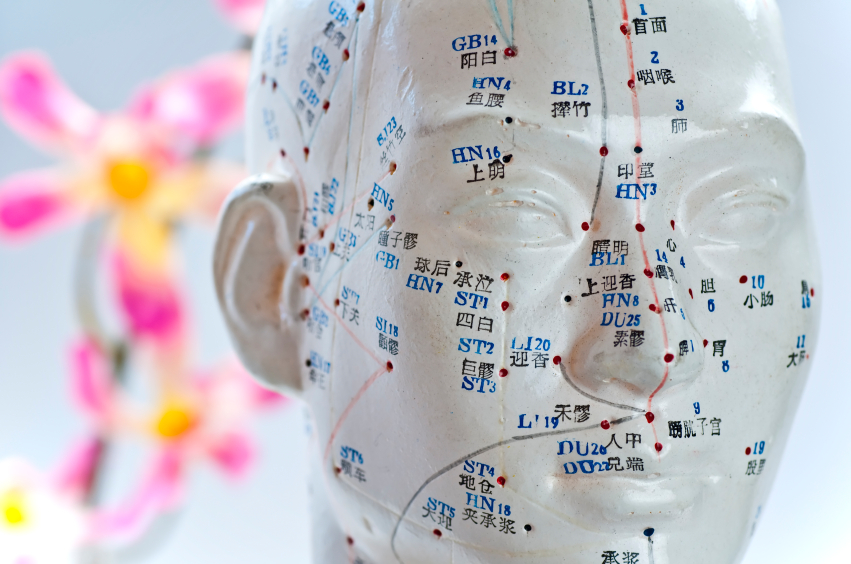Ear, Nose & Throat
The aim of traditional acupuncture and acupressure is to eliminate the underlying causes of symptoms by restoring flow to promote wellbeing.
Your treatment plan
After a thorough medical history and examination procedure treatment needs to address the underlying causes and any exacerbating factors.
Acupuncture
Acupuncture is commonly recognised as an aid to pain relief. Certain acupuncture points have been shown to affect areas of the brain that are known to reduce sensitivity to pain and stress, as well as promoting relaxation and deactivating the ‘analytical’ brain, which is responsible for anxiety (1).
- Increasing endorphins and neuropeptide Y levels which can help to combat negative affective states.
- Stimulating nerves located in muscles and other tissues, which leads to release of endorphins and other neurohumoral factors, and changes the processing of pain in the brain and spinal cord.
- Reducing inflammation, by promoting release of vascular and immunomodulatory factors.
- Increasing local microcirculation (Komori 2009), which aids dispersal of swelling (2).
Massage - A combination of bodywork such as tui na, acupressure, massage, reflexology, relaxation, breathing and mindful awareness exercises are also a core strategy that has proven helpful for many people.
Other Lifestyle factors - Creating restful sleep patterns, making sure you have the right diet, nutrients and nourishing eating habits are also key, as well as addressing any emotional issues that may be involved.
British Acupuncture Research Fact Sheets - For further information please take a look at the related issues section on the right hand-side of the screen.
- Wu MT et al. Central nervous pathway for acupuncture stimulation: localization of processing with functional MR imaging of the brain-- preliminary experience. Radiology 1999; 212: 133-41.
- British Acupuncture Council research factsheet - headaches
